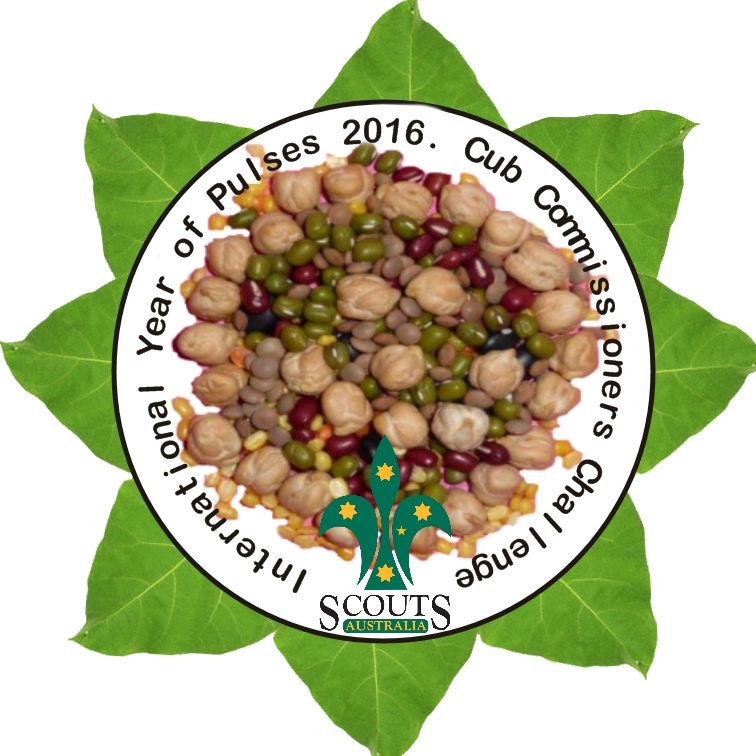- Details
Written by Gabrielle Kissinger, Lexeme Consulting
The addition of lentils and peas onto Saskatchewan, Canada farms has been a goldmine. The addition of these pulse crops has helped to keep farmers on the farm and to keep farm communities relatively intact even as rural populations have been declining. In 2014, lentils and peas brought CD$2.7 billion (US$2.03 billion) in export sales. Hectares seeded to pulses increased 1,000% between 1981 and 2011. These pulse crops were new additions into cereal-fallow rotations that were prone to pest and disease outbreaks and erosion. Farmers increasingly looked to pulse crops to replace summer fallow, add another crop in the rotation, and bring in some extra profit.
And benefits extend beyond increased income. When adding pulses into crop rotations, farmers often alter their plowing practices, shifting from conventional tillage to conservation tillage, which minimizes soil disturbance and maintains greater organic soil cover. This practice helps to control erosion and it also dovetails with diversification of crop sequences (such as wheat, oats, canola and pulses and oilseeds). Since pulses fix atmospheric nitrogen in the soil, introducing pulses into the crop sequence reduces fertilizer requirements for pulse crops as well as for subsequent grain crops (which also get a yield boost). This lower fertilizer requirement has been shown to reduce greenhouse gas emissions from cropping systems overall, sometimes by as much as 31% annually, such as in the case of lentils added in rotation with spring wheat.
If the production of pulse crops brought such strong environmental, social and economic benefit to Saskatchewan, could it bring similar benefits to other regions around the world? And how could such measures of sustainability (measured as net gains across environmental, social and economic criteria) be applied in diverse contexts around the world, which could range from the Sahel region of Africa to India, the largest pulse-consuming nation?
These are the questions which a new report, “Pulse crops and sustainability: A framework to evaluate multiple benefits,” sought to answer. With the UN declaration of the 2016 International Year of Pulses, more attention is being given to the role of pulses—beans, peas, chickpeas, lentils, and other pulses—in our food system. The world will need more food and more protein in the future, and pulses can be an increasingly important source of nutrition, while providing other benefits as well. The report proposes a framework for assessing the environmental, social and economic benefits and trade-offs of increasing pulse production, based on observations from around the world. Two case studies are explored in further detail—Saskatchewan, Canada and pulse producing regions of Sub-Saharan Africa—covering both developed and developing country contexts. In both contexts, finding evidence of the social and economic aspects of pulse production was not as easy as literature on the environmental benefits of adding pulses to crop rotations. Yet the social and economic contributions of pulses in these two different parts of the world are significant and are crucial for farmers, livelihoods, and food security.
The framework is intended to be used as a decision support tool. For each criterion, or key attribute, of sustainability relevant to pulse production (refer to Figure 1) a set of questions guides evaluation of the sustainability of potential management decisions, including common trade-offs. The questions are indicative, and should be adapted to local circumstances.
Figure 1: Summary of pulse crop sustainability framework and application steps

The questions to evaluate sustainability also pertain to different scales of impact—at production levels, within a region, and global scales—as the figure below identifies.
Figure 2: Attributes of pulse crop sustainability at various scales
 A range of different stakeholders will find utility in applying the framework. For instance, food sector companies could use the framework to track the sustainability aspects of increasing the use of pulse flour blended into manufactured foods. The framework would help the company identify key questions to test sustainability and potential impacts at the production, regional and global scales. The company could use the framework as a tool to keep the big picture in mind, while also tracking important details such as soil health and changes in water and herbicide use.
A range of different stakeholders will find utility in applying the framework. For instance, food sector companies could use the framework to track the sustainability aspects of increasing the use of pulse flour blended into manufactured foods. The framework would help the company identify key questions to test sustainability and potential impacts at the production, regional and global scales. The company could use the framework as a tool to keep the big picture in mind, while also tracking important details such as soil health and changes in water and herbicide use.
Government or policy-makers could apply the framework to evaluate options based on sustainability for investing in research and technology to boost pulse production, or to invest in rural agricultural development. The framework identifies the most important environmental, social and economic indicators to test performance against, and guides consideration of benefits and impacts at the production, regional and global scales. For instance, at the production scale, targeted support to farmers on improved practices and adoption of climate resilient varieties of seeds requires considering how to help farmers troubleshoot their management options to maximize labour use efficiency, get the right balance in tillage and crop residue management, optimize the pulse crop without impacting yields of other key crops, and lower fuel and input costs. The regional benefits of increased protein and nutrient availability, cash crops for export, and global benefits of lower fertilizer use and therefore reduced nitrous oxide emissions are important additional considerations for policymakers to test overall impacts.
Our collective challenge of feeding 9 billion people by 2050, with significant increases in per capita meat consumption, requires creative solutions, based on sustainability. The role of pulses to help meet this need is increasingly being recognized. While this framework is not a blueprint for how other producing regions can replicate Saskatchewan’s dramatic success in the last twenty years, it does provide a means to evaluate the environmental, social and economic benefits and trade-offs of increasing pulse production, and shares perspectives from around the world.
- Details
Scouts Australia has developed a Cub Commissioners Challenge Badge program for young cubs to engage and explore the International Year of Pulses. Participants are ages 8 - 11, and are awarded with an IYP Pulse badge.
Download the Cub Scouts Challenge and Pulse Badge below!
Cub Scout Challenge Badge Program
- Details
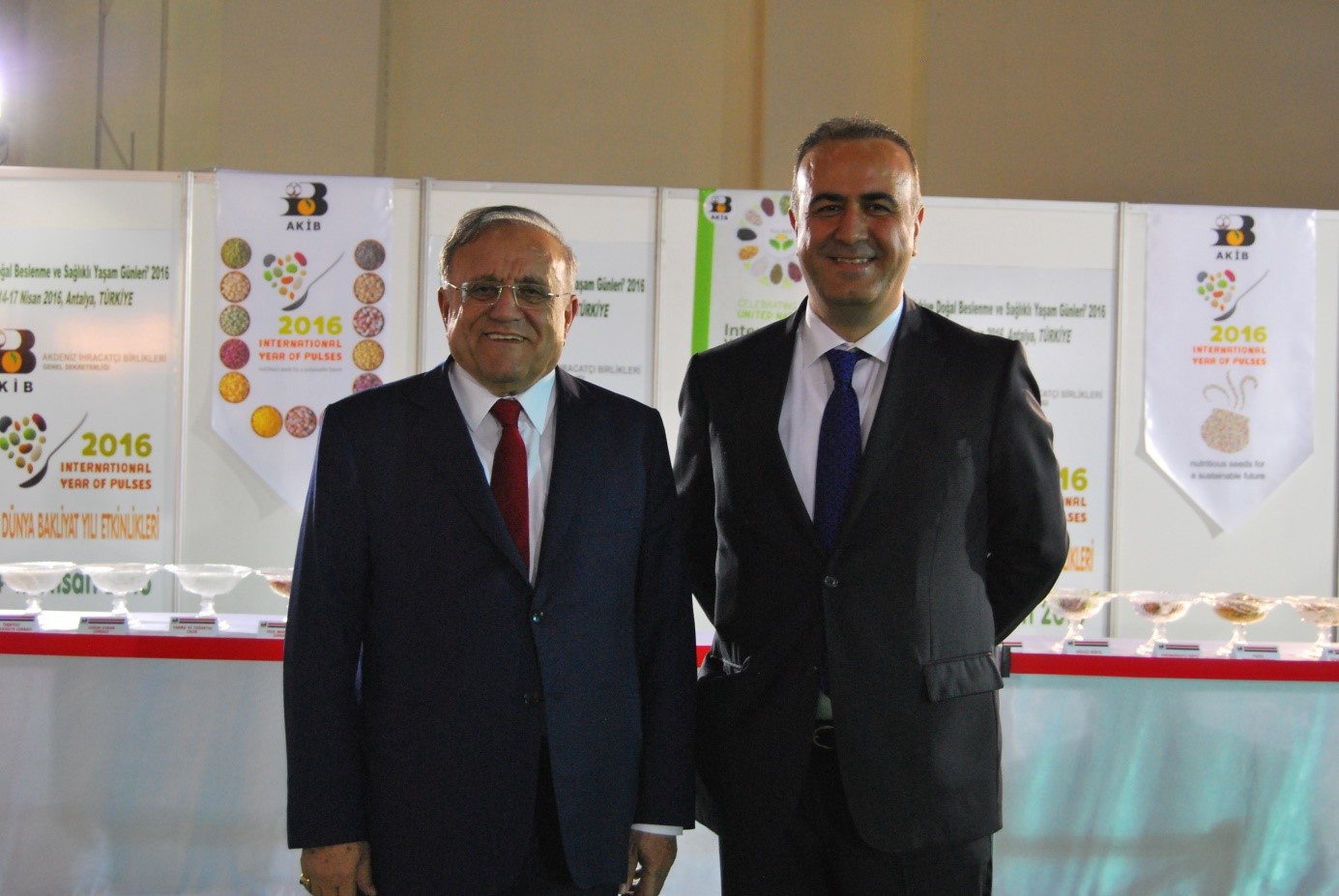 Turkısh Natural Nourishment and Healthy Life Days combines relevant disciplines from nourishment to food and agriculture, and from the health to sports. The Natural 2016 fair welcomed their visitors on the 14th-17th of April 2016. In the inaugural speech of the fair, Mahmut ARSLAN, the president of the Mediterranean Cereal, Pulse, Oily Seeds and Derivatives Exporters’ Association, reminded the declaration of the International Year of Pulses 2016. In line with the importance of this year, 101 varieties of food prepared using pulses were displayed with their recipes and list of ingredients by the Mediterranean Cereal, Pulse, Oily Seeds and Derivatives Exporters’ Association. The aim was to prove that there are more than 101 recipes available to be prepared using pulses.
Turkısh Natural Nourishment and Healthy Life Days combines relevant disciplines from nourishment to food and agriculture, and from the health to sports. The Natural 2016 fair welcomed their visitors on the 14th-17th of April 2016. In the inaugural speech of the fair, Mahmut ARSLAN, the president of the Mediterranean Cereal, Pulse, Oily Seeds and Derivatives Exporters’ Association, reminded the declaration of the International Year of Pulses 2016. In line with the importance of this year, 101 varieties of food prepared using pulses were displayed with their recipes and list of ingredients by the Mediterranean Cereal, Pulse, Oily Seeds and Derivatives Exporters’ Association. The aim was to prove that there are more than 101 recipes available to be prepared using pulses.
Turkish Natural Nourishment and Healthy Life Days, Natural 2016 fair, was organised in Antalya province of Turkey between the dates of 14th-17th of April. The international organisations who participated combined relevant disciplines from proper nourishment to food and agriculture. The Natural 2016 fair carried on for four days with the cooperation of non-governmental organisations on the eve of the Expo 2016 Antalya. Emphasis on good agricultural practices and organic production, food security and reliability, nourishment, healthy life and sport subjects were laid down with all their details. The fair was inaugurated by Mr. Mahmut ARSLAN, the chairman of Mediterranean Exporters’ Association, with the parliamentarians and some chairmen of various communities.
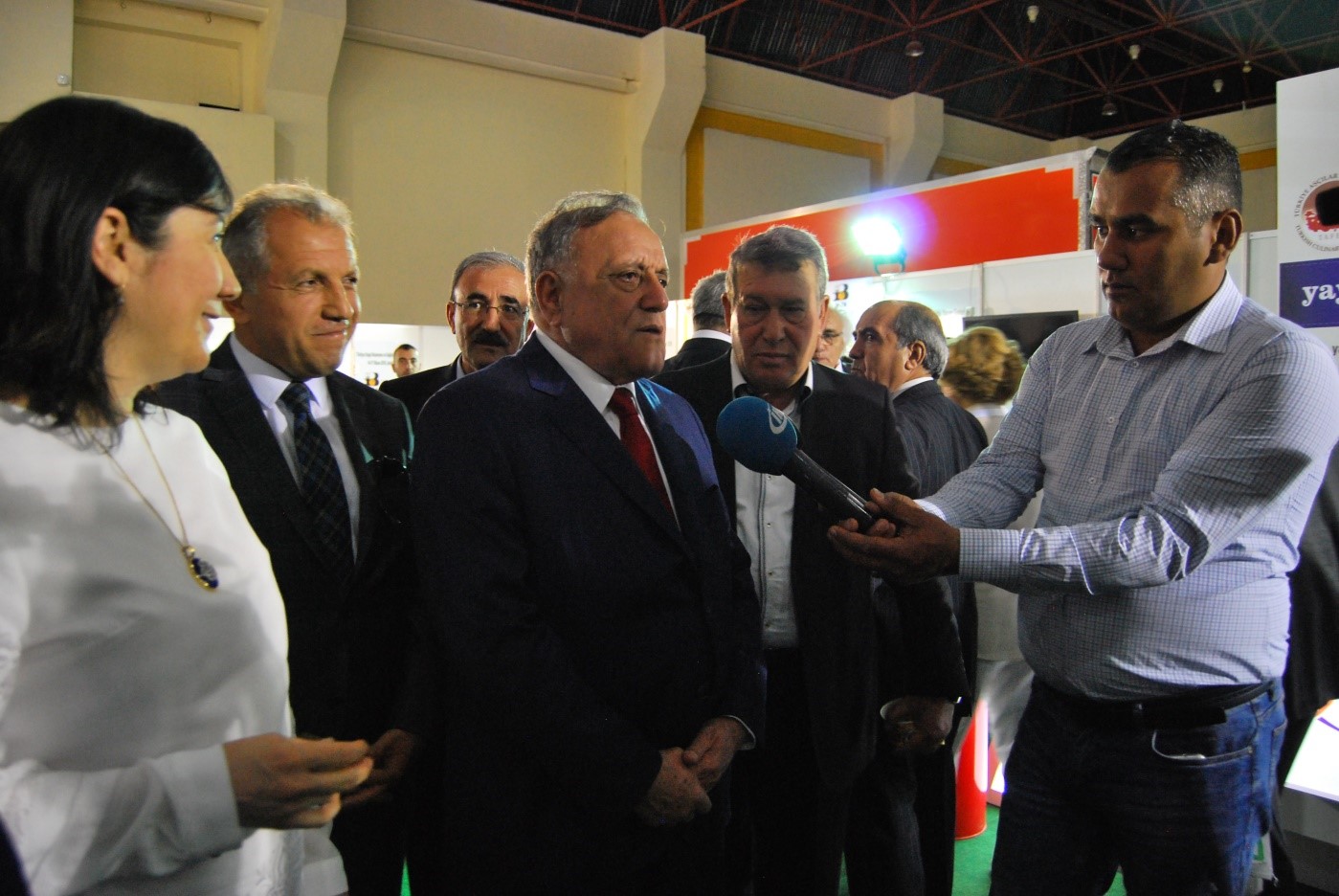
Reminder of 2016 International Pulse Year
In his inaugural speech, Mr. Mahmut ARSLAN reminded the declaration of 2016 the United Nations declared 2016 the International Year of Pulses, and defined Turkey as one of the motherlands of the pulse food. However, he stated that the current production of pulse food isn’t enough even for the consumption of the country. He added that, in the following days Turkey will reach to its deserved success with the great efforts and collaboration of its' governmental and non-governmental organisations. Turkey will no longer repeat the same mistakes that were made in the pulse food sector in the previous days.
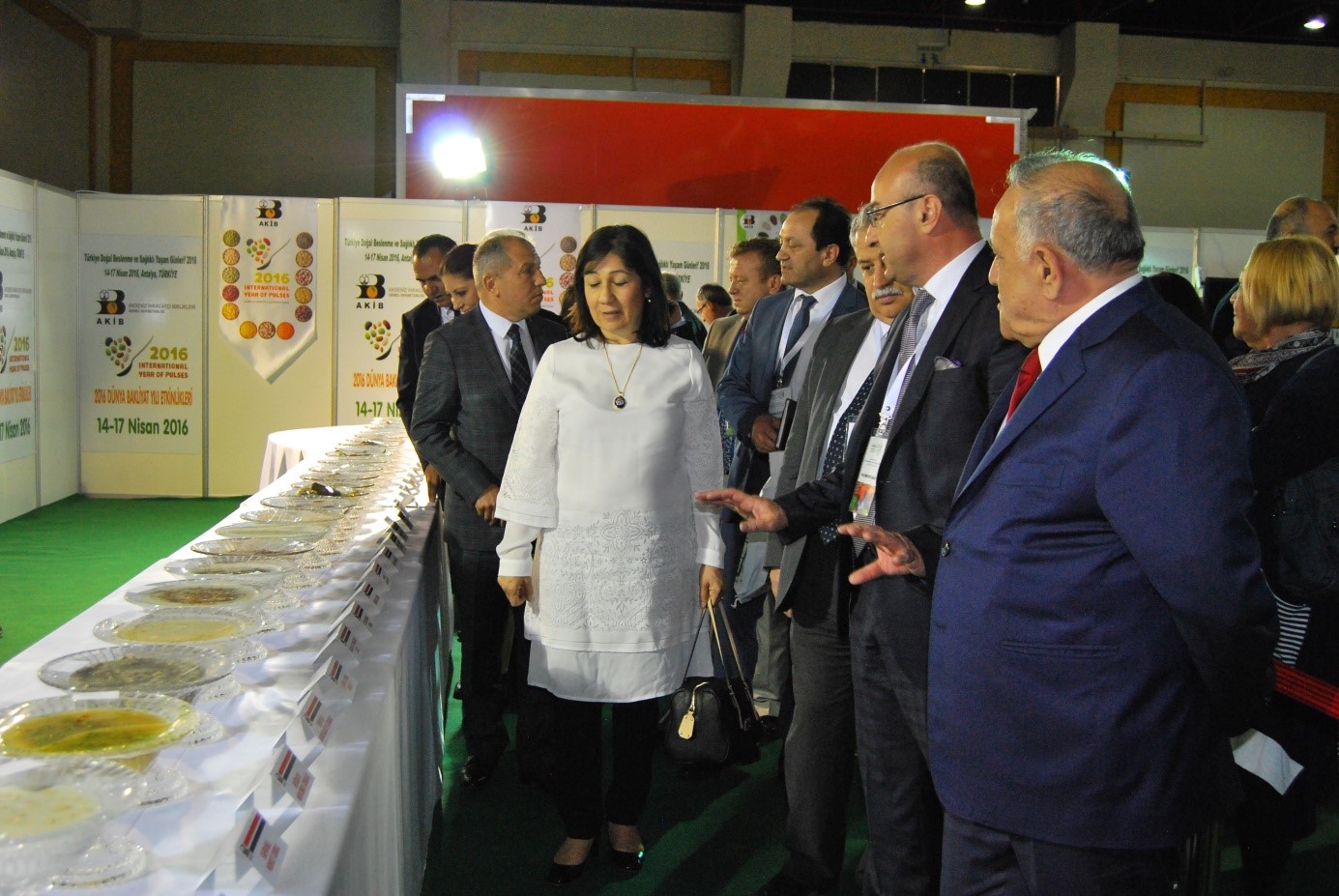
Cooking the pulse food at least two times in a week
In his speech, Mr. Mahmut ARSLAN addressed the audience asking them to return to their grandmothers habits. He said, "cook pulse-based foods at least two times per week. Visit and focus 101 varieties of pulse-based recipes that we are displaying here at the fair, and from now on start to cook these pulse-based foods for your family.
Unifying effect of Mediterranean Exporters Association in the pulse food sector was awarded
Besides the pulse-based food display, an award ceremony was held in the organisation. An award was given to Mediterranean Exporter Associations for its successful activities and unifying power in the Turkey pulse food sector. On behalf of Mediterranean Exporter Associations, the award was taken by the chairman, Mr. Mahmut ARSLAN. Just after the award ceremony, a panel regarding the current situation and the future of the pulse food sector in the world was carried out with the head, Mr. Mahmut ARSLAN. In the panel, among the participants, there was the chairman of International Year of Pulses committee Mr. Hakan Bahceci, the representatives of the universities, and governmental organisations who are the seniors in the sector. Thanks to the panel, the audiences were informed with the production and consumption of the pulse food in Turkey as well as in the World, and they mentioned their satisfaction with the organisation.
- Details
Ward McKenzie has recently released and e-cookbook focusing on pulses to celebrate the International Year of Pulses 2016. Recipes range from soups to salads to hearty meals and even dessert!

- Details
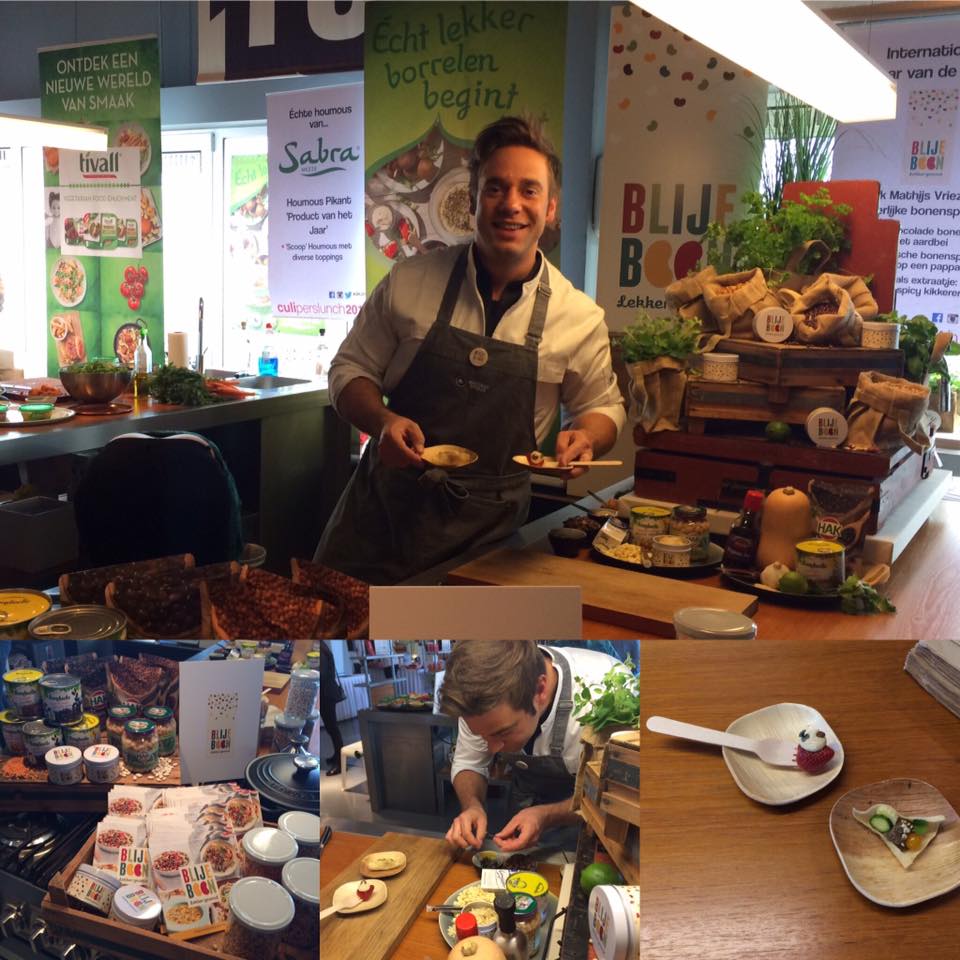 The great Culiperslunch is an event during lunchtime in the Kookfabriek in Amsterdam with 100 culinary journalists. This took place last Monday for Blije Boon.
The great Culiperslunch is an event during lunchtime in the Kookfabriek in Amsterdam with 100 culinary journalists. This took place last Monday for Blije Boon.
The event contained 15 cooking islands and several stands for all the participants to serve their dishes. The main idea of this event was to bring yourself to the attention of the culinary journalists, inspire them and hopefully have them write about you.
Early in the morning , organisers arrived at the location in Amsterdam to settle for Blije Boon. The Blije Boon team had their own cooking island which they turned in to a spreadbar where tv-cook Mathijs Vrieze presented two bean spreads, an Asian spread with black beans and lentils and a white bean spread with white beans and white chocolate..hmm! The team also had a small snack: roasted chickpeas. They were in a very good mood, because of all the nice flavours and enthusiastic people! Around noon, the event became very crowded and they served their little bites to several journalists. It was nice to talk to them and to hear their enthusiasm for beans.
The Blije Boon team also participated in the goodiebag with their book of inspiration, a little Blije Boon can, a product of Hak and one of Bonduelle.
See the book:
- Details
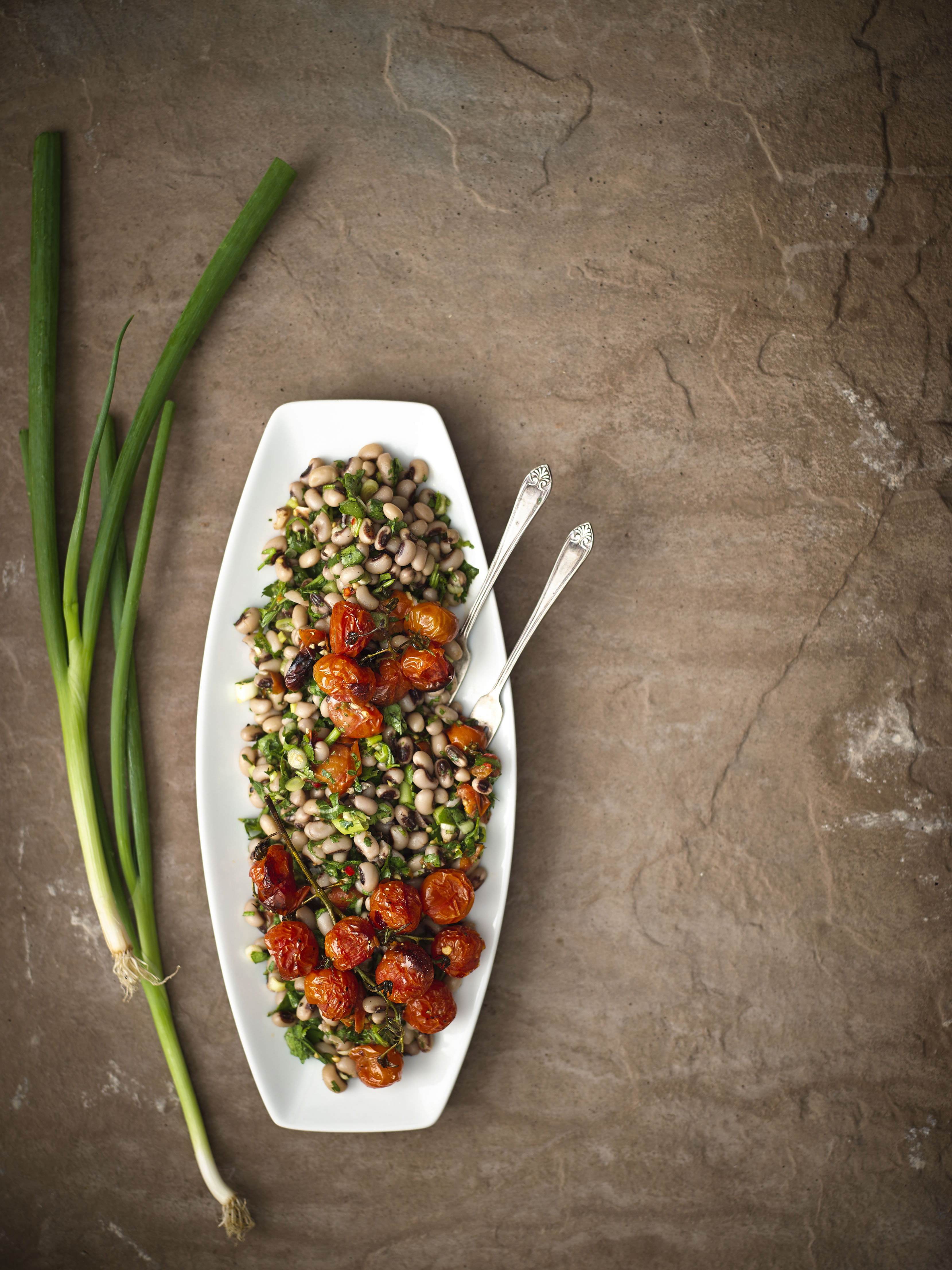 The launch of the 2016 International Year of Pulses in South Africa took place in the beautiful city of Cape Town at Greek restaurant Mezepoli. Guests included Nuala Lawlor, the Trade Commissioner of the Canadian High Commission, media, pulse partners and clients.
The launch of the 2016 International Year of Pulses in South Africa took place in the beautiful city of Cape Town at Greek restaurant Mezepoli. Guests included Nuala Lawlor, the Trade Commissioner of the Canadian High Commission, media, pulse partners and clients.
The menu demonstrated the versatility and flavour of many pulse dishes, including falafel, bean salads, hummus, chickpea and pasta rice, as well as a warm lentil salad.
David Lever of AGT Foods Africa presented the benefits of pulses to the global community, which include sustainability, health, water and the environment. “Including pulses in your diet will protect you against a number of illnesses, such as diabetes and cardiovascular disease. It addresses global malnutrition as well as obesity, due to its low cost and nutritional value. The amount of water used to produce pulses is far less than any other crops,” he said.
Maryke Gallagher, president of the Association for Dietetics in South Africa (ADSA), spoke about the many health benefits of pulses. Beans, chickpeas, lentils and peas are nutritional powerhouses that can be enjoyed by people of all ages, from six months to toddlers, teenagers, adults and the elderly. They are a good source of protein, iron and calcium and everyone should incorporate them into their diets.
Guests received a copy of the newly launched pulse recipe book Just so Easy, which features many interesting pulse recipes. People realised just how easy it is to cook with pulses and were inspired to go home and prepare pulse dishes for their families.
The following brands are partners of IYP 2016 in South Africa:
AGT Foods Africa
Dry Bean Producers' Organisation (DPO)
Pioneer Foods – Imbo / Crossbow
Pouyoukas Foods
The Heart and Stroke Foundation SA
The National Science and Technology Forum (NSTF)
Tiger Brands – Lion
Everyone can get involved, visit http://iyp2016.org/ for more information.
ENDS
For further information please contact:
Dean Miller
Group Marketing
Tel: +27 11 762 5261
Or
Kelly Barnett
Caro Communications
Cell: +27 82 776 0231
Notes to editors
- The Global Pulse Confederation (GPC) is the global not for profit trade organisation for the global pulse industry value chain. As the sole international confederation for the industry, it enjoys membership from 18 national associations (federations) and over 600 private sector members in an industry worth over $100 Billion at the retail level and over 60 million tons of pulse production and distribution in over 55 countries. GPC is headquartered in Dubai http://iyp2016.org/about-us/global-pulse-confederation-cicils-iptic
UN Assembly Resolution on the 2016 International Year of the Pulses: http://www.un.org/en/ga/search/view_doc.asp?symbol=A/RES/68/231&Lang=E
Upcoming Activities
For recipes, nutrition and health information please visit: www.pulses.org or follow #LovePulses on Facebook, Twitter, Instagram, Pinterest and YouTube.
For industry news on IYP go to www.iyp2016.org
Promotion on Social Media
Official campaign hashtags: #LovePulses
Dedicated pulse dish hashtag #PulseRecipes
UN International Year of Pulses hashtag: #IYP2016
Handle: @LovePulses
